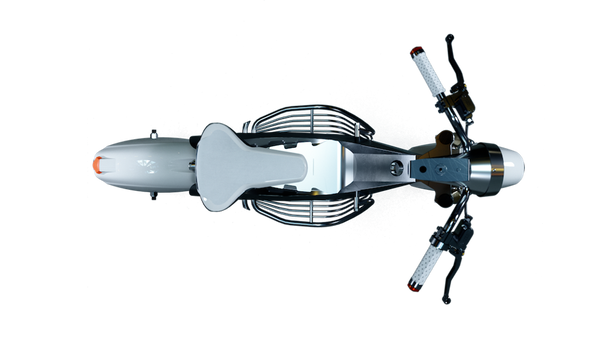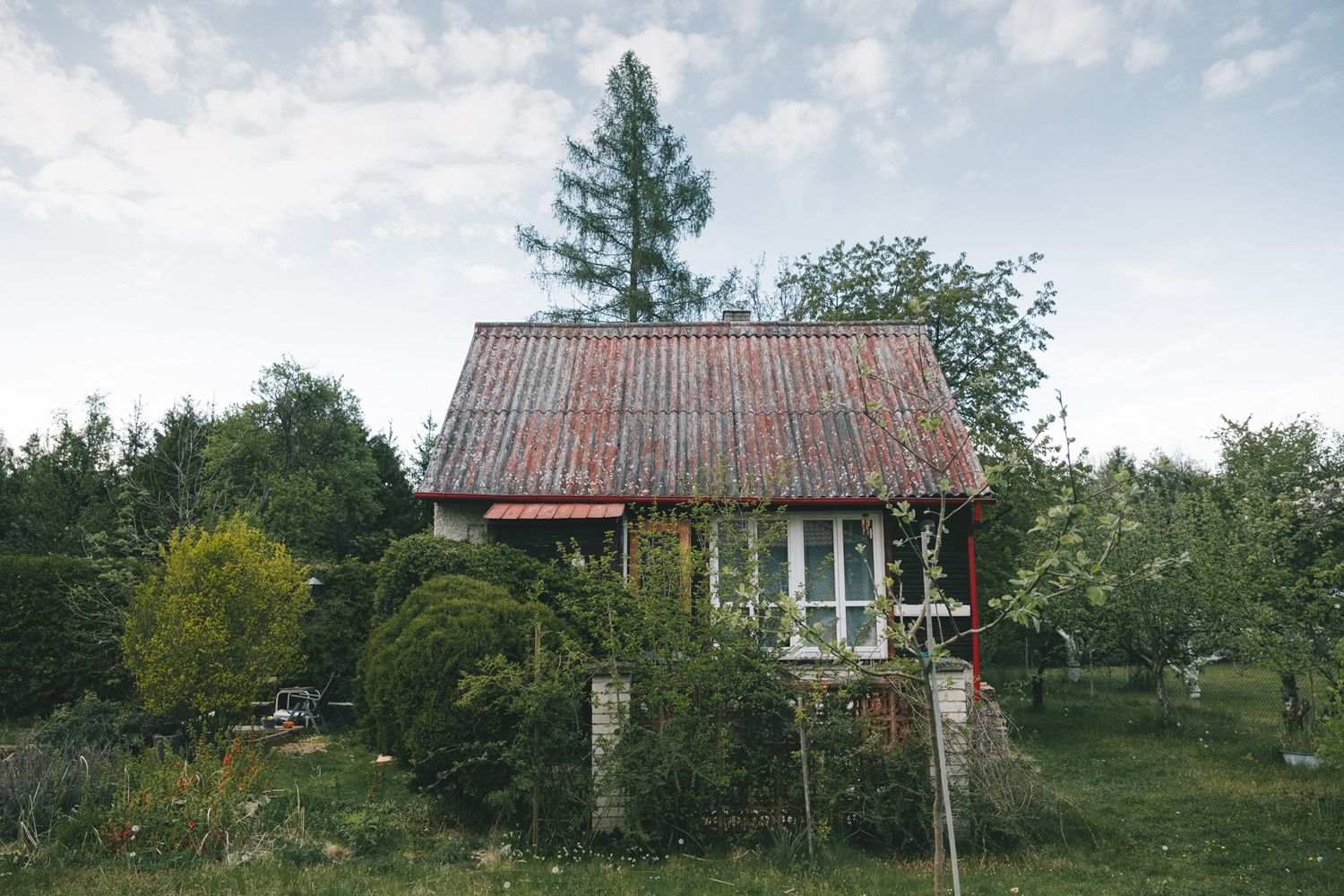Most people who choose to live in the countryside have never lived outside the big city before. Lukáš Pumpr and Petr Polák’s blog “Na okraj” (which loosely translates as “Edgebound”) provides a glimpse in the everyday life of newcomers in the Czech countryside. The two creators told us about their project.
I can say that I’ve spent most of my life at the countryside. While many would compare small-town life to rural life, I think its mechanism shows more resemblance to metropolitan life. Since I moved to Budapest, I’ve been wondering what makes our environment a home, why we escape from the hustle and bustle of the big city to the tranquility of rural life, or why it is that from time to time we would rather return to the noise and dynamics of the big city from nature. Or, more importantly, what does it mean to settle down, not just physically, but mentally, as well? Na okraj blog is based on the latter idea, while exploring different layers of rural family life through personal stories.
Lukáš Pumpr and Petr Polák met in university; Lukáš studied graphics, while Petr studied photography. After graduating, together with some friends, they founded their own graphics studio called Petrohrad. This name comes from one of the districts in Plzeň, where the creators used to live. The studio mainly created corporate designs, videos and photoshoots for larger Czech clients. However, after a while, they both got tired of commercial assignments and decided to change direction: the team was radically downsized and turned more towards smaller, creative projects.

“Since we were both planning to leave the city back then, we searched for different ways to bring our families along. We decided we would just follow the example of people who have already done this. This is how the Na okraj project was launched,” Lukáš says.
He added that he had followed American photographer Todd Selby’s work for many years, which presents different people’s apartments, studios and workshops. He was also influenced by the German Freunde von Freunden platform, which is based on similar topics. “I wasn’t interested in the idealized photo essays that are all over the internet, but in real people’s stories of everyday life and the challenges of moving. I couldn’t find anything like this in the media, so I suggested to Petr that we create such content ourselves. I knew that visually, it would be a rewarding subject and that Petr, as a photographer, could do it perfectly. And it was up to me to take care of the text, which I consider an equally important part, so of course, we chose the blog format,” Lukáš explaines.
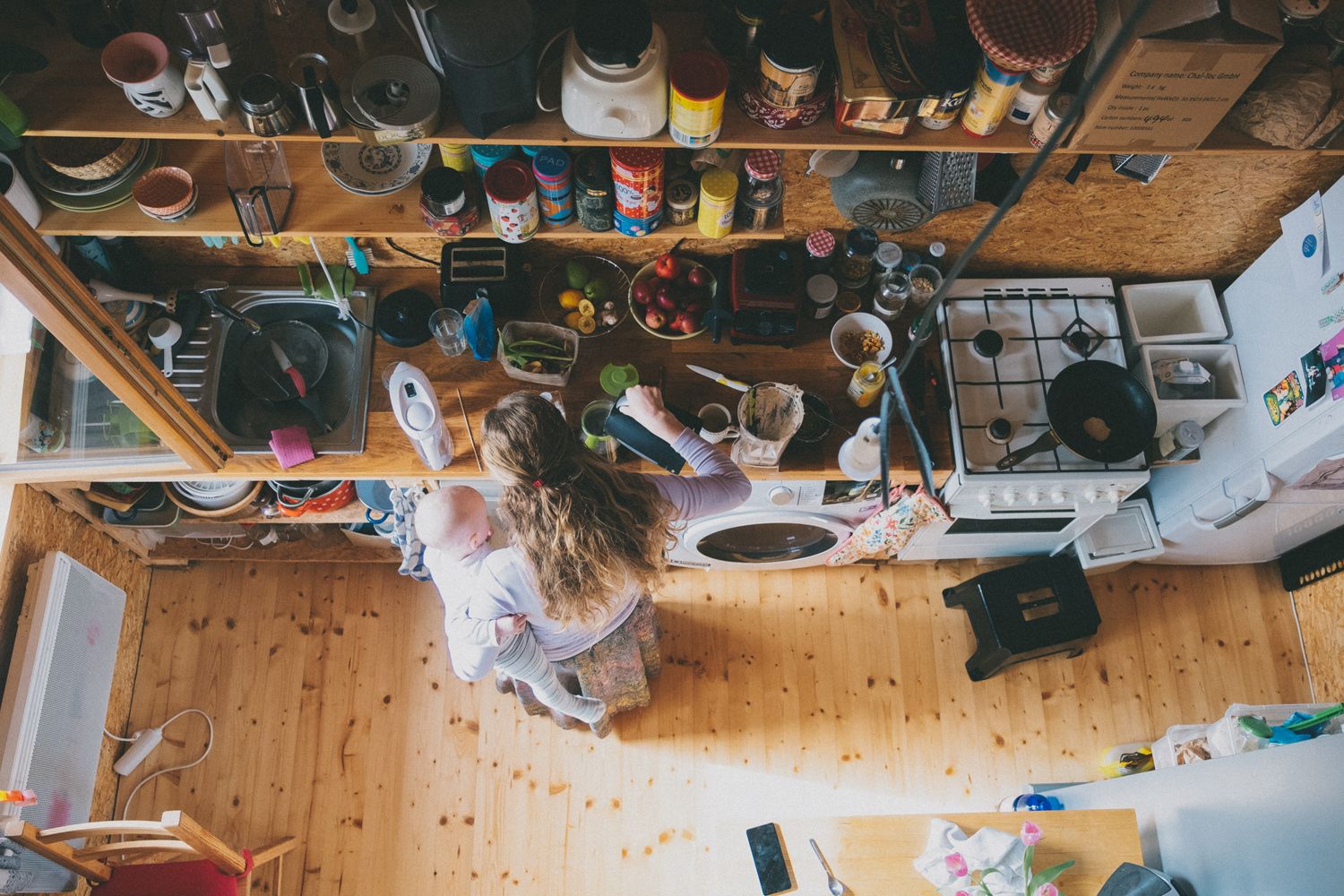
So the two creators started looking for people who decided to leave the city for good and move to the countryside. They also set themselves another condition in selecting their interviewees: they also consider it important that their respondents have children. “The fun starts when children, with their own lives and needs, join the story. With kids, you always have to think twice and make compromises or let go of some things and just go with the flow. With them, even completely ordinary everyday situations can become challenges,” Lukáš points out. First, they selected interesting stories from their circle of family and friends, but there was always someone who gave another family’s contact details. Now, they mostly just wait to find the right interviewees at the right time.

Different stories are complemented by the intimate, sensitive and most importantly, improvised photos taken by Petr. “Everything’s up to the moment. Personally, I like to seize the atmosphere of a certain place and to make sure the photos reflect real emotions, without any pretense. It’s amazing how we can click with our interviewees within minutes; they let us in wherever we ask with our cameras, without any inhibitions. So everything can flow naturally, without stress on either side,” says Petr.
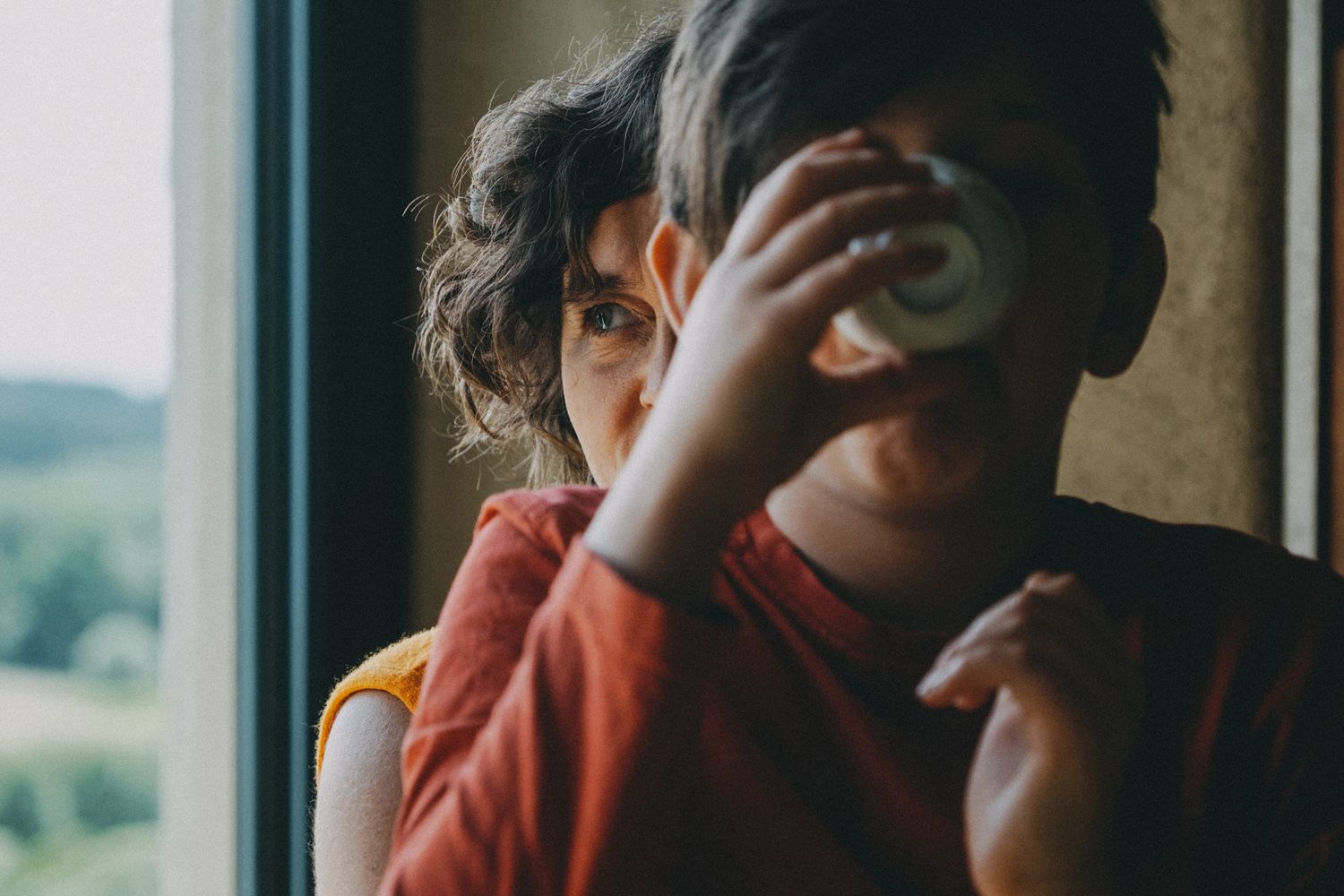
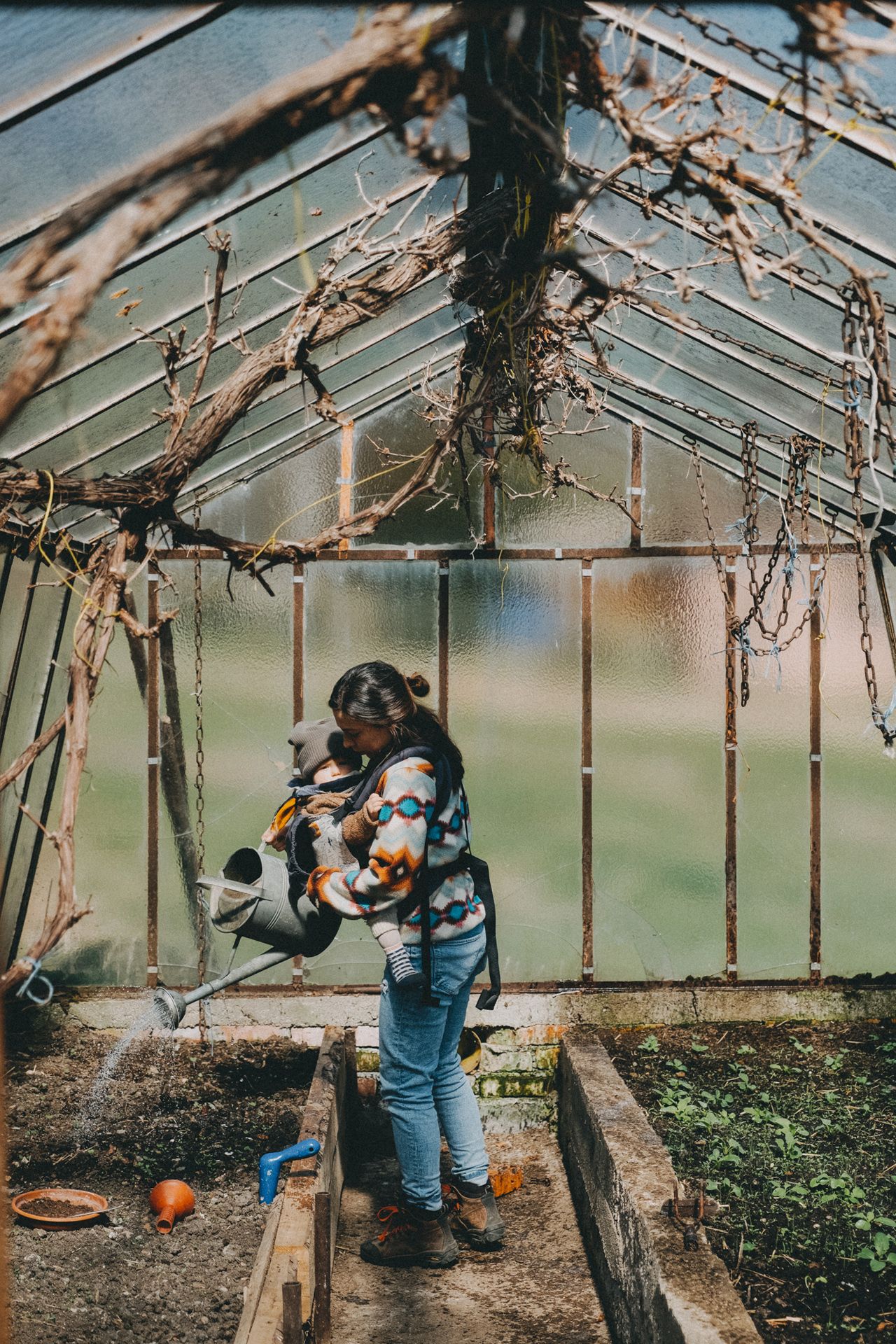
As the question emerges in Hype&Hyper in the series Leaving the city by Kitti Mayer, “Is life in the countryside really as good as we imagine?” I was also eager to hear Lukáš’s experiences and insights from his interviews.
“A recurring feature that I find inspiring is that my interviewees never complain about anything. These are people who have lived most of their lives in cities and then learn everything in the countryside from zero, by trying and failing. But they also have humility and perseverance. They know that they must learn a whole new set of skills which, although rural people used to have them before, have now disappeared. They also know that for families with children living outside urban agglomerations, life is in many ways less comfortable, yet they don’t complain about this, but accept it as a reality. They know that life outside the city will compensate them. The fact that they can watch the landscape change every day, work with the land or the animals, and create something tangible around them is more valuable to them than the ‘amenities’ touted as benefits of urban real estate,” he shared.
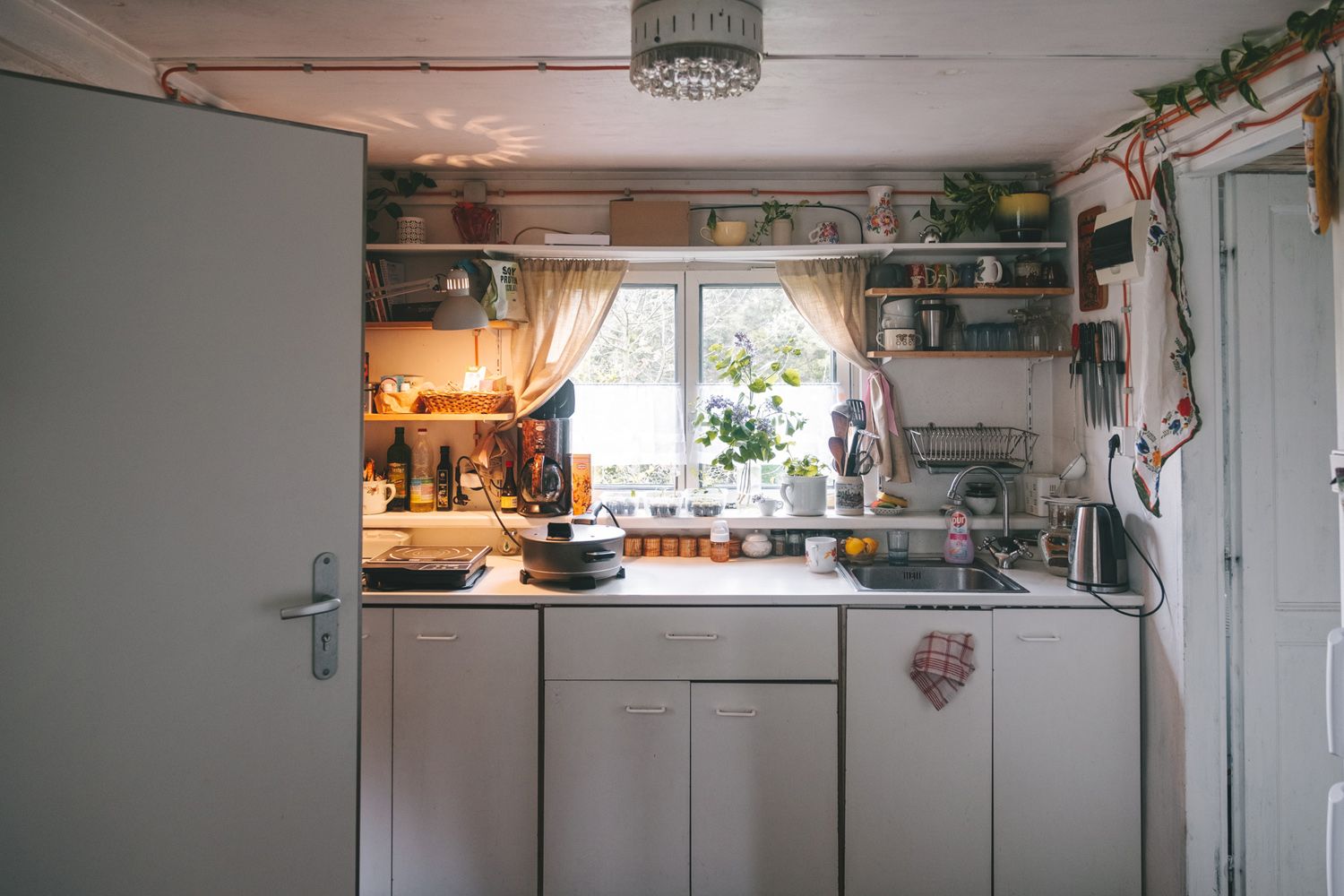
“Whoever I talked to so far, has agreed that big city life had some sort of a toxic effect on them; either in regards of their environment, or the mental effects. I think that these people have a stronger need to settle, to belong somewhere and to have stability. For me, this is exactly why big city life is unsustainable, because it’s so unstable: you just can’t grow roots in an apartment,” he adds.
Lukáš himself left the big city almost a year ago, to move into a renovated old country house with his family. As he says, the feeling of not having to rush, either physically or mentally, is important to him. “Whenever someone asks me how we live, I reply that the nights are dark and silent. These are very ordinary things, but I haven’t experienced them in my 20 years of living in the city. This makes a big difference to the quality of life. For me, the key to satisfaction is being able to stop: to work less, to consume less, and to have more time and energy for the more important things—family and what we enjoy,” he emphasizes.
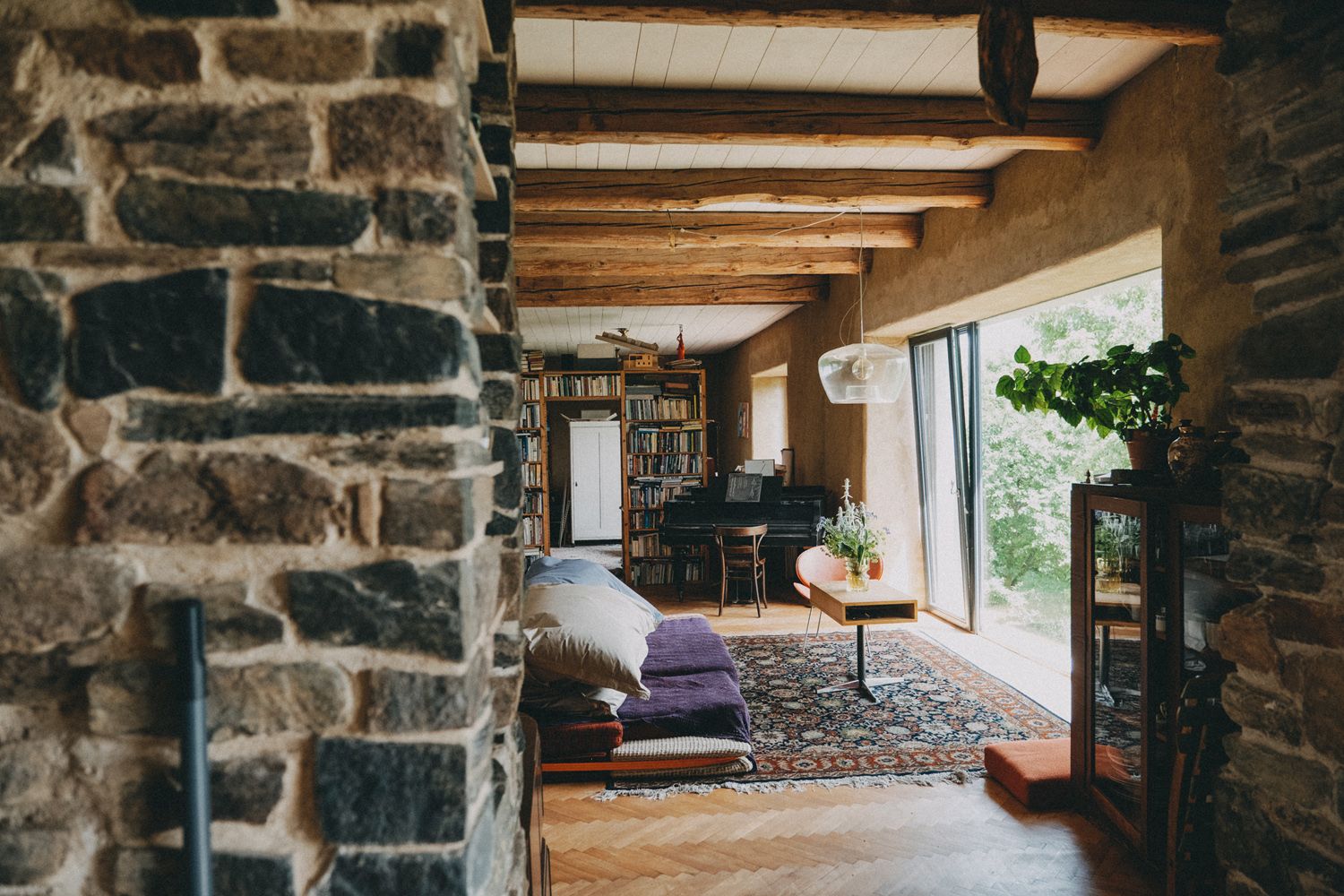
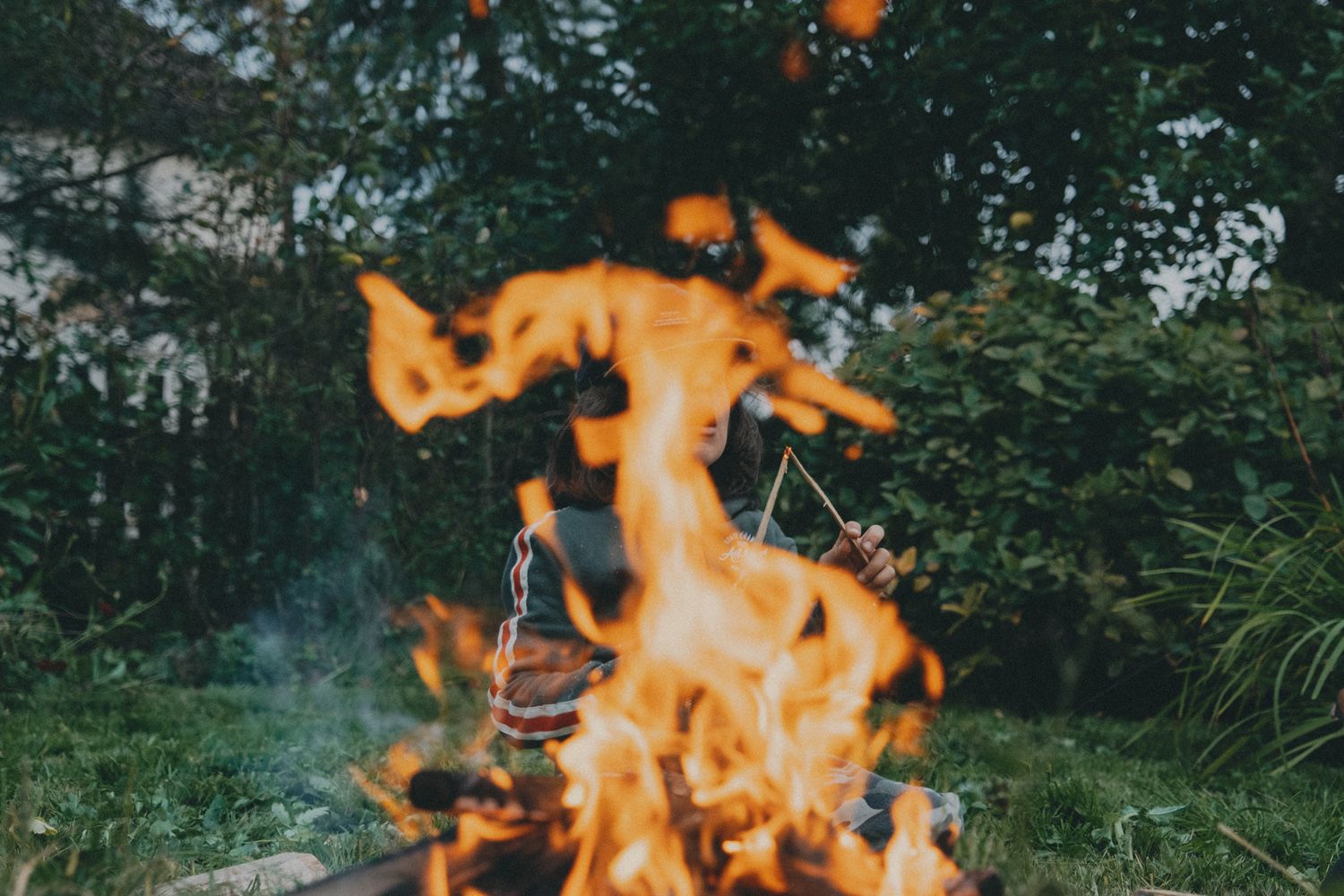
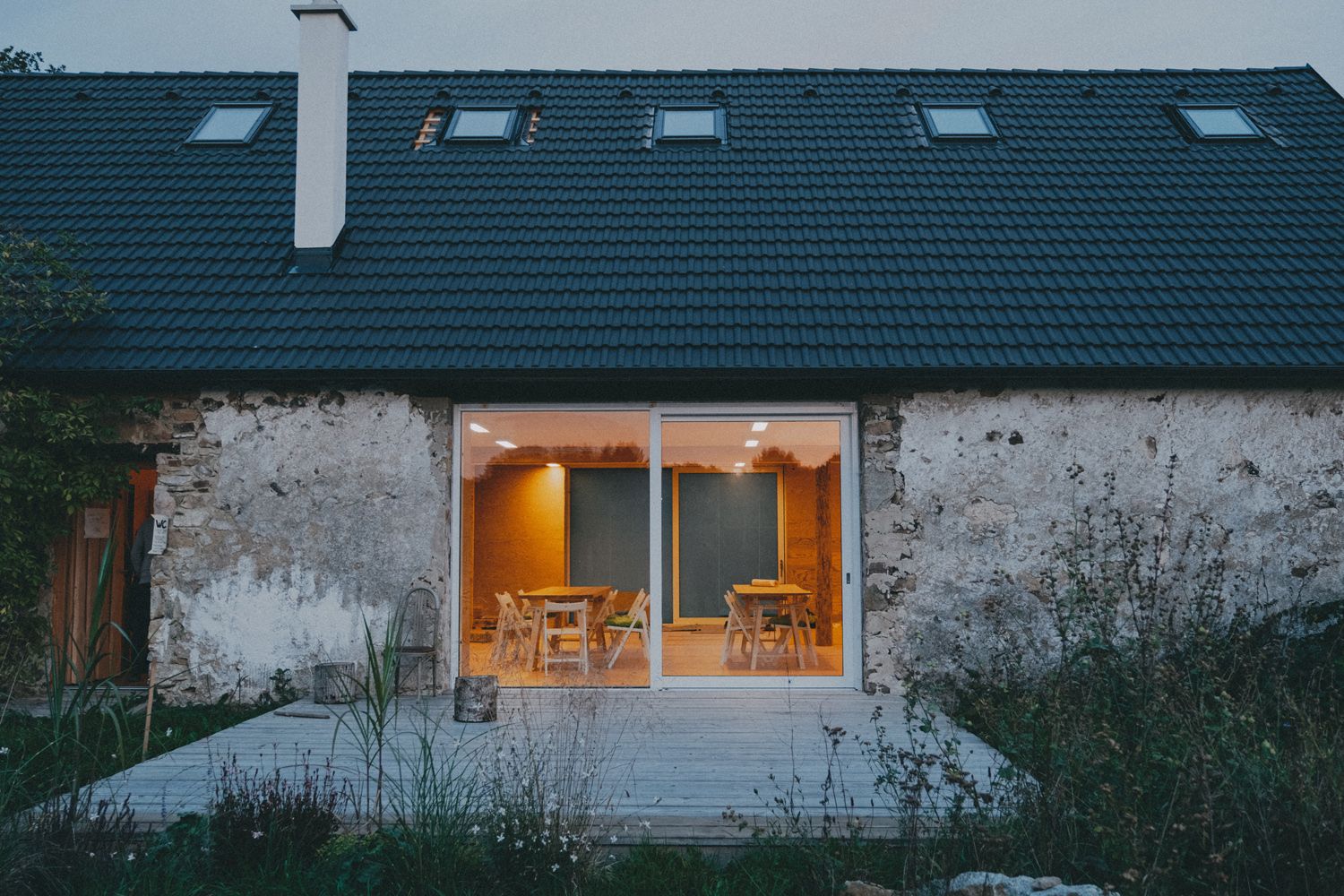
For now, the intimate stories on the platforms of Na okraj are only available in Czech language, so the question arises whether we’ll be able to read the content in English any time soon. “Translating the content of our website to English would be an interesting challenge. Until you contacted us, I had no idea that this project could be of interest to foreigners,” Lukáš replied. He then went on to share some of their future goals: they plan to add a podcast section to the blog, which will mostly feature stories of people who are either looking for their place “on the edge” or are already in the construction phase. Another idea is capturing the stories they have worked on in a book.
Photos: Petr Polák
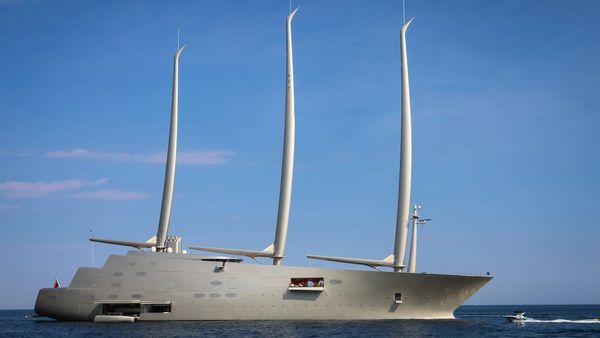
Italians seized a Philippe Starck-designed Russian yacht

The winner of the 2021 Bucharest Architecture Award demonstrates how to live in symbiosis with nature
